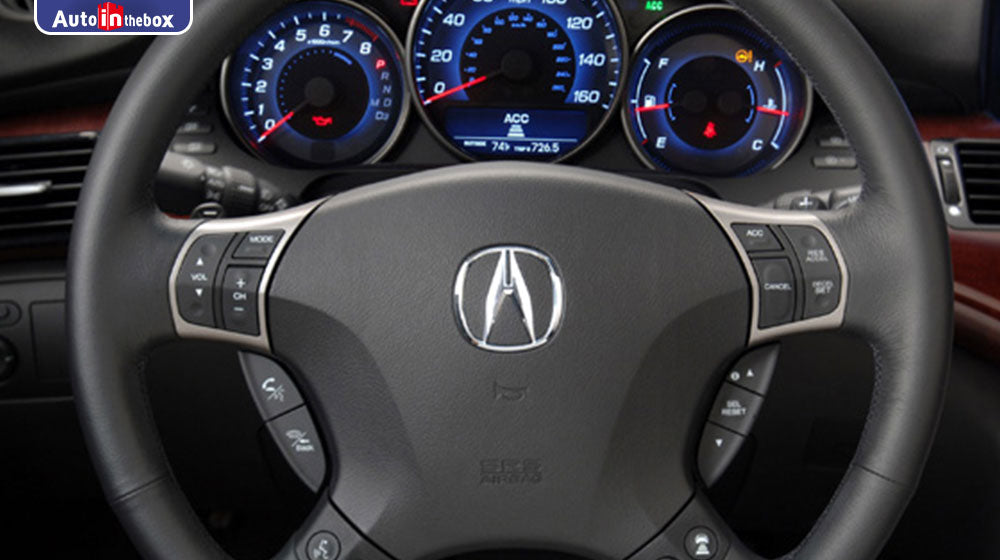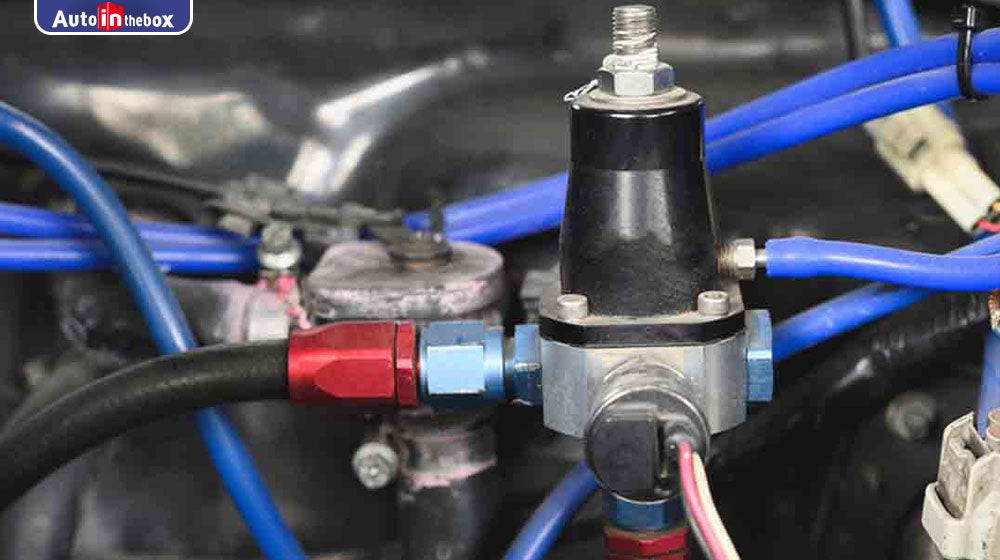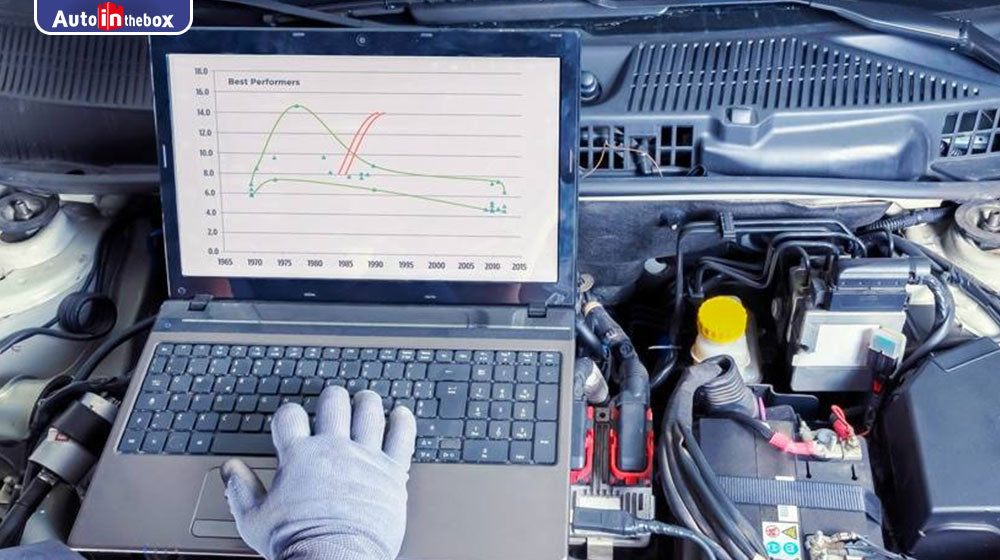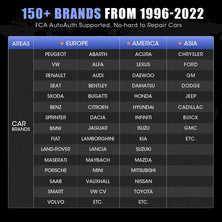
Issues You May Encounter in Your Car Power Steering
Car power steering developed fast After WWII. The number of cars manufactured with power steering grew rapidly. Three point five million cars purchased had power steering systems compared to the one million in the early fifties.
Nowadays, power steering has become a feature car owners taking for granted. It is has become a standard factory equipment. Actually, if you don’t want it on your vehicle, you’ll have to make a special order ahead.
Issues with Power Steering
Although power steering makes driving a car a dream compared to early automobile days, it is not a perfect system. While steering even a passenger car would be almost impossible without power steering, no matter how fantastic power steering is to have on your vehicle, it does have its issues.
Pumps – Various problems that occur with a failing power steering unit can be traced directly to some kind of problem with the pump. When a power steering unit begins to go bad, especially because of something with the pump, the unit will broadcast some obvious noises that no driver can ignore, even for one minute.
One noise is that of an incredibly shrill screeching, squealing, or screaming sound. Another obvious sound occurs when you turn your steering wheel sharply to the left or right while driving, or even when you’re idling and just barely move the steering wheel and a chirping noise starts repeating over and over. When this happens, the wheel is also extremely hard to turn.
When you start the car up, be listening for a muted clunking sound or chattering under the hood that can also be a sign the pump is failing.
Of course, these noises are so annoying that you cannot possibly ignore them. Even if you could, you still need to know what each sound signifies about the smooth operation of your power steering. For instance, if you hear any of the telltale sounds just discussed, you will know immediately that there is a problem with the power steering pump that needs your attention.
Belt problems – When a power steering belt slips, you will feel a chatter-like shaking in the steering wheel. This shaking will happen as you try to make a turn and will be accompanied by the screeching sound described above.
The exterior of a power steering belt can appear like it’s in good shape and on tight. However, there will be signs of wear or cracking on the interior surface where the belt rides in the pulley grooves. Non-functioning belts will provide no power assist to your steering system and can even make it impossible for you to turn your vehicle. Cracked, dried, or worn belts must be replaced when discovered.
Oil-soaked belts, though rare, will slip and generate heat, which in turn creates a noticeably pungent smell like tar burning. All of this will cause the steering wheel to slip. A power steering pump will fail if a belt is not tight enough. If a belt breaks or slips off the drive train, it means the pulley is not working properly and you must either diagnose the reason or have an experienced mechanic evaluate the symptoms.
A slipping belt can also transfer heat from the drive belt to the power steering pump’s shaft and pulley system. This heat can damage seals and bearings in the pump. As a result, you will experience jumpy or choppy steering.
When your car is idling and the steering wheel vibrates, even intermittently, this can be a sign that the drive belt is malfunctioning. To keep from having greater steering problems and expense surrounding the drive belt, you should check it once a month for possible cracks as well as for proper tension.
Power steering fluid – When power steering fluid is working as intended, the rack and pinion or steering box will receive high-pressure fluid. Of course, if the fluid reservoir is low on fluid or completely empty, the rack and pinion will not receive the amount of high-pressure fluid it needs from the pump to insure it will work properly.
Inadequate fluid will cause steering wheel slippage, making the steering wheel hard to turn. In addition, you will hear a constant humming sound. Correcting this problem is a simple fix. Merely add fluid until the small dipstick registers full at the prescribed mark.
Old power steering fluid can cause the lines to clog up which can cause your power steering to fail. If your power steering fluid resembles mud or possibly looks like a frothy shake topped with brownish or yellow type foam, then it is contaminated fluid, rendering it useless because it can no longer move easily through the hoses and lines.
When you hear a whining or humming sound coming out of your power steering pump, then you know the pump and lines need a total fluid flush, so do not hesitate remedying the situation because doing so will create an even more serious problem.
The condition of your power steering fluid can also indicate something about the condition of the pump. The color of new fluid is clear, yellowish clear, and red with a distinctive odor. A whining sound along with fluid that has turned to a nasty gray color definitely indicates a problem with your pump.
If a bearing in the pump is going out, a dark gray color could result from fine metal shavings caused by the bad bearing mixing with the power steering fluid. Changing the fluid will slow the process of the pump going out, but fluid is still going to leak.
Therefore, be sure to inspect each line for any sign of a leak, regardless of whether the leak appears to be a small one or rather significant. Also, as you physically handle the hoses to inspect them for any leaks or cracks, if you feel a greasy substance or see a place that looks wet, you may have discovered a leak at those particular points. Most likely you will have to eventually replace the power steering pump.
If you detect any foam whatsoever or bubbles in the power steering fluid, you have water or air in the power steering line. You may also see some chrome flakes in the fluid, which indicates a breakdown of fluid in the power steering pump.
If you regularly check the level of the power steering fluid and find that it is consistently low even though you fill the reservoir to full, your system probably has a leak someplace. Leaks are easily detected by parking your car for a little while, for instance overnight.
After you move your car the next day, look for any puddles of fluid that may have leaked out. Remember also that a low level of power steering fluid can cause the pump to make a lot of noise, typically a whining noise, so be listening for that.
While major problems with a power steering system are seldom experienced, there can be minor problems, and most of these involve leaks.
Line Leaks – A high-pressure line connects the pump to the steering box or rack and pinion. Normally, it fails initially at its connection to the box, or the hose will split someplace along the length of the hose. High temperatures that emit from the engine compartment can dry out the rubber hoses and cause them to crack.
Leaks in the pump – The pump almost always leaks directly behind the pulley where the front seal is located. As a result, fluid will drip onto the power steering belt, which will invariably cause the belt to slip and then burn.
You can first try replacing the seals on the pump, but the solution usually requires rebuilding the entire pump. Sometimes changing out the power steering fluid and then adding some kind of power steering conditioner and fluid sealer to the new fluid will soften the seal up enough so it will seal as it should, but this solution is only intended as a stopgap measure to a problem that will definitely crop up again.
Mechanical failure of pump – If there is any slack in the pulley on the power steering pump, it will signal that there is a problem with some of the pump’s shaft bearings. As with almost every problem with a power steering system, especially the pump, you will hear the warning sign, then see a very evident leak.
In this instance you will hear a type of growling or a muffled knocking sound that is unrelenting. These sounds are a clear indication that your pump has something wrong with it, probably bad bearings. The reason for the leak is because excessive slack has distorted the seals and they are no longer able to do their job.
High pressure is absolutely necessary for the power steering system to function properly. If the pressure regulator located inside the pump is failing or even dirty, it will significantly reduce the pressure needed to operate the power steering system.
This particular problem is not easily diagnosed, but it can be done. Make a list of all possible symptoms. Then check each one out, and through a careful process of elimination, you will find the cause for the problem.
However, these issues we have listed above are only some of the most easily noticed and detected problems you may find with your power steering. Car power steering may experience more complicated troubles. No matter for these easily checked or more complicated issues, professinal tools are recommended for your diagnostics. The MaxiCheck Pro SAS is such a doagnostic tool developed by Autel, it is especially designed for car steering system. Click the below product image for more information.











